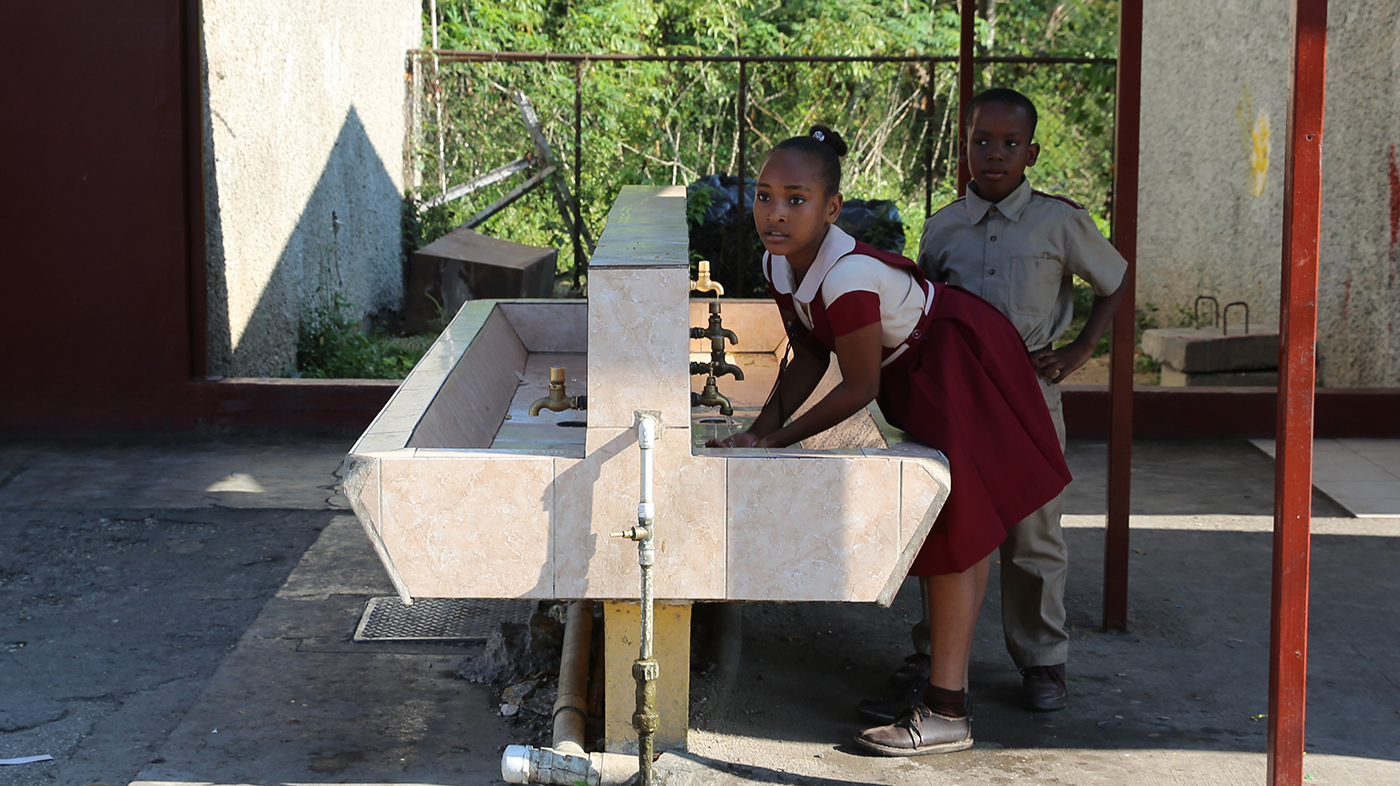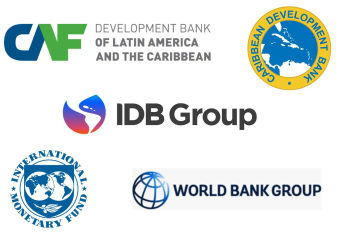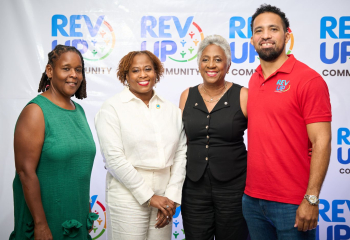
The start of the 2018 academic year marked a turning point in the 29-year history of the Mineral Heights Primary School in Clarendon, Jamaica, as for the first time since the 1990s, all students were accommodated on the same shift.
The school that was built for 650 students was overcrowded with 1,430 students, while each teacher had to handle 52 pupils. Students were taught in two shifts with reduced hours per day.
Principal Lanzeford Howell explains that the Parent-Teacher Association had reached out to the Jamaica Social Investment Fund to help solve the chronic space shortage of just 18 available classrooms.
Proposed to the Caribbean Development Bank (CDB), a grant of some US$530,000 from the Bank’s Basic Needs Trust Fund – a sub-programme of CDB’s Special Development Fund – financed the construction of 12 new classrooms and a sanitation block, which made an end to the shift system possible.
Howell notes that class sizes have dropped from 52 to 35 students, while students enjoy the full programme of seven hours instead of only five hours as it was before. The school has also put in place a programme for children who are physically challenged. A new classroom has been tailored specifically to their needs.
“The aim of the school is to give children a solid foundation so that they may move on from Mineral Heights Primary, get secondary level education and do well; ultimately breaking the cycle of poverty in some of these areas,” Principal Howell says.
The Mineral Heights Primary School is situated in a middle-income community, but many of its students are from poorer communities nearby. About a third of the families receive Government’s assistance through the Programme of Advancement through Health and Education, a social intervention that targets the most needy and vulnerable in society.
“Education is a cornerstone for the social and economic development of CDB’s Borrowing Member Countries. All children should enjoy a full curriculum and have the opportunity to attend extra-curricular activities to develop their capacities to become accomplished members of the society. This contributes to the reduction of poverty and the improvement of livelihoods and life chances,” says CDB Director of Projects, Daniel Best.
The increased contact time with teachers and smaller class sizes have had significant impact on the education of the students. Vice-Principal Marsha Anderson notes that the school has recorded its greatest percentage of mastery level in numeracy at 85% this year in the school’s history, improving from a previous low of 57% to 60% and 96% in literacy, up from about 91%. With three of the top ten students in Clarendon, the school scored the best results in the parish.
In addition, one student was awarded a government scholarship in the 2019 external examinations, the Primary Exit Profile.
Parents and students now have renewed interest in the school. “It has transformed the ethos of the school, the pride with which the children walk through the gates,” Principal Howell reveals.
Being off the shift system has resulted in an expanded co-curricular programme. The school now participates in quiz; debating; spelling bee, and the chess team is the champion for the parish of Clarendon.
Mineral Heights Primary is also champion for the Clarendon Parish Library Quiz Competition, as well as the Mico University Mathematic Olympiad competition.
Students have also been excelling in sports. “We have students moving on to high school through track and field scholarships,” the principal notes with delight.
“We are doing well, as a result of us now being able to do more co-curricular activities. Mineral Heights Primary, through this assistance, has been transformed. Educationally, we are better. The teachers are more comfortable and the parents feel proud of the school,” Howell says.


